
Photo by Anna Kuperberg
Big Secrets of Composition
Have you ever been thrown off by composition? Or more exactly, been challenged by use of the same composition that you’ve used in dozens (if not 1000s) of images? Another way of putting it is, how can you avoid plagiarizing yourself and come up with fresh images?
If so, you’re not alone: how to compose images came up recently in a survey as the number one challenge our community had.
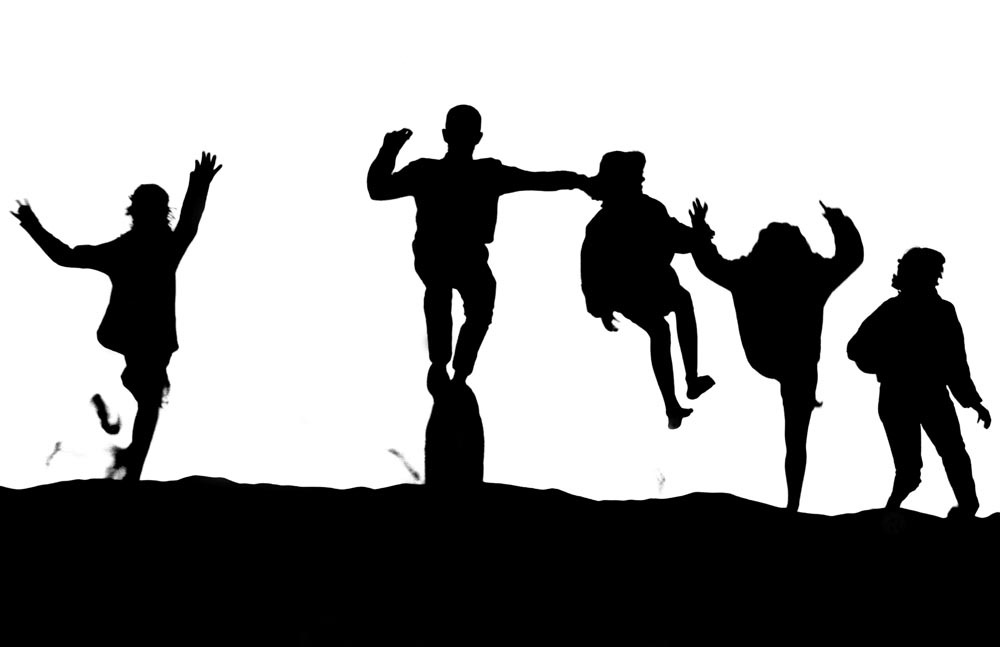
Friends Jumping Off Sand Dune, Moro Bay, CA
And there’s a reason for it: there are two big false beliefs I’ve found that cut right across learning composition. See if you’ve encountered either or both.
- There’s no way to teach composition since there are no rules or guides. It is something you just have to feel. I’m not going to name, names here, to protect the guilty, but I’ve heard if often, how one has to just develop this sense of what makes for good composition.
- On the other side of this pendulum lives the school of the rules of composition: The rule of thirds being the leading law cited by this camp. It’s almost as though the photo-police will issue you a citation for any violations – ooh, your subject is right in the center, how could you?
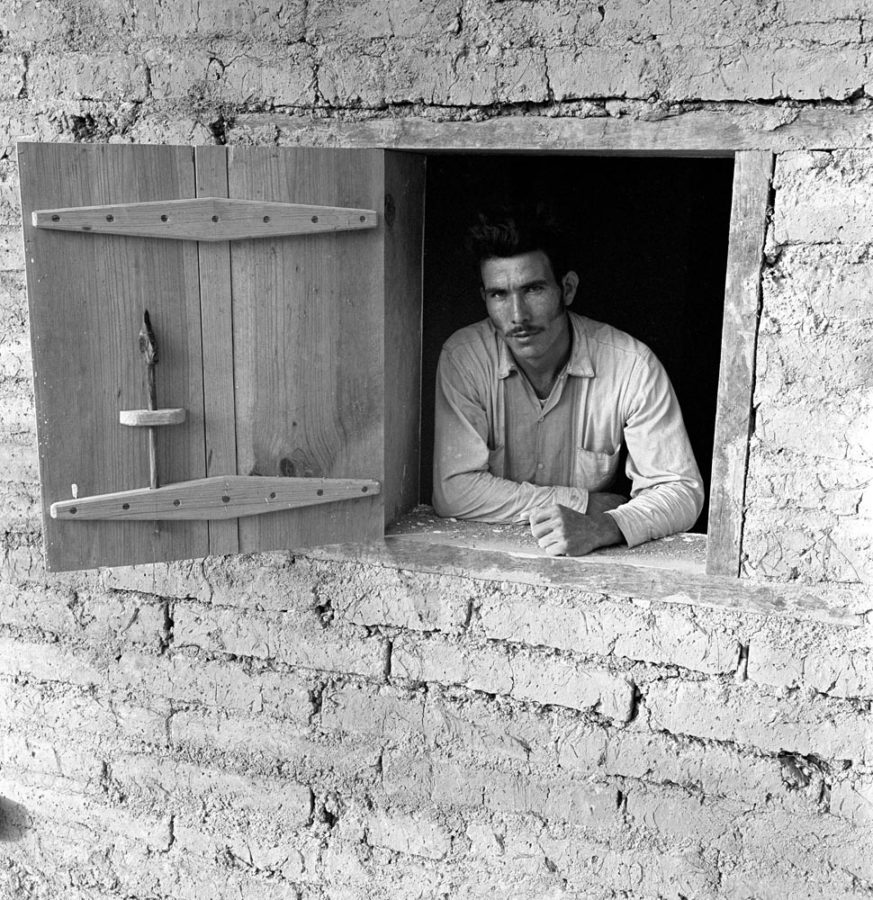
Fausto in Window, Sierra Madre, Mexico
As with most things in life, it turns out the answer lies somewhere in the middle. What I have found to be true is, yes, there are no rules. But there are guides that you can follow and from these are able to develop your visual vocabulary.
Broaden Your Composition Vocabulary
Think of learning to cook: Maybe you have a cooking vocabulary of five dishes: you can make French toast, a decent salad, not a bad steak, pasta with tomatoes and chocolate pudding. While these five could get your through a few meals, you and your friends will soon will tire of the same five over and over again. The answer is a cookbook with many recipes to broaden your vocabulary.
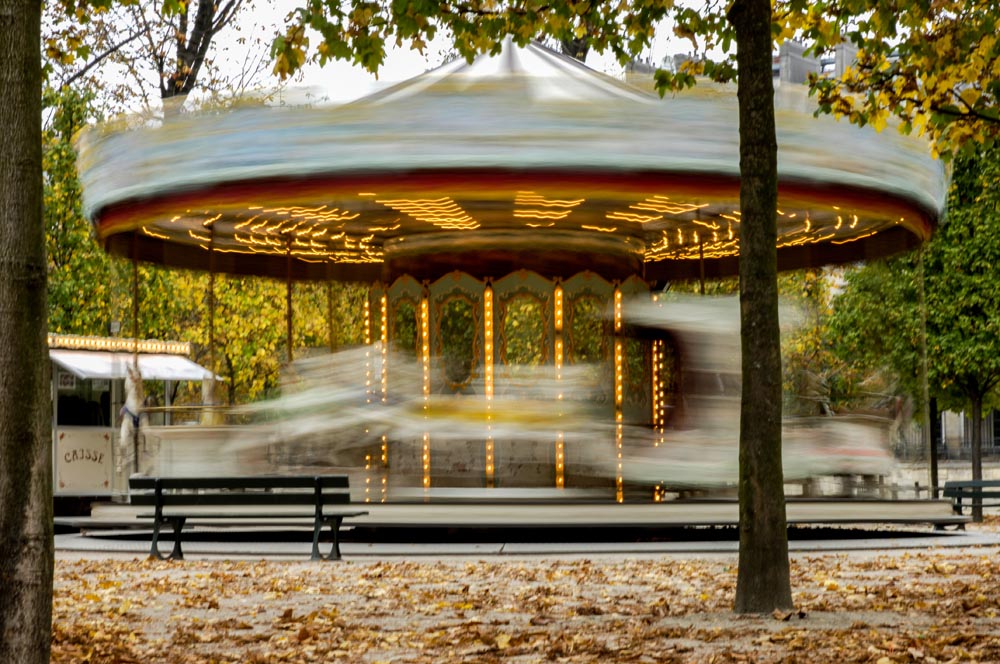
Carrousel, Tuileries Gardens, Paris, France
The reason many photographers are challenged by composition is they are caught in this same trap of having maybe five compositional tools that they cycle though and get tired of their same old meal of steak, salad and pudding!
With this idea, I basically dug really deep to find what are the formulas. What are the tools, or the recipes if you will, for composition that masters, not just in photography, but painting, have used over the years. Because if you can learn those, you can expand your vocabulary as an artist.
Patterns

Clock, Musée d’Orsay, Paris, France
This image is an example of a few of these tools. BTW when I was on The Grid with Scott talking about my composition book (which is now an online course as well) he said:
“I love the cover shot because it screams compositional.”
Well, that happens to be one of the compositional techniques that I talk about, which this is an example of. We love patterns, patterns intrigue the eye and catch the eye. But something even better than a pattern is where you break the pattern.
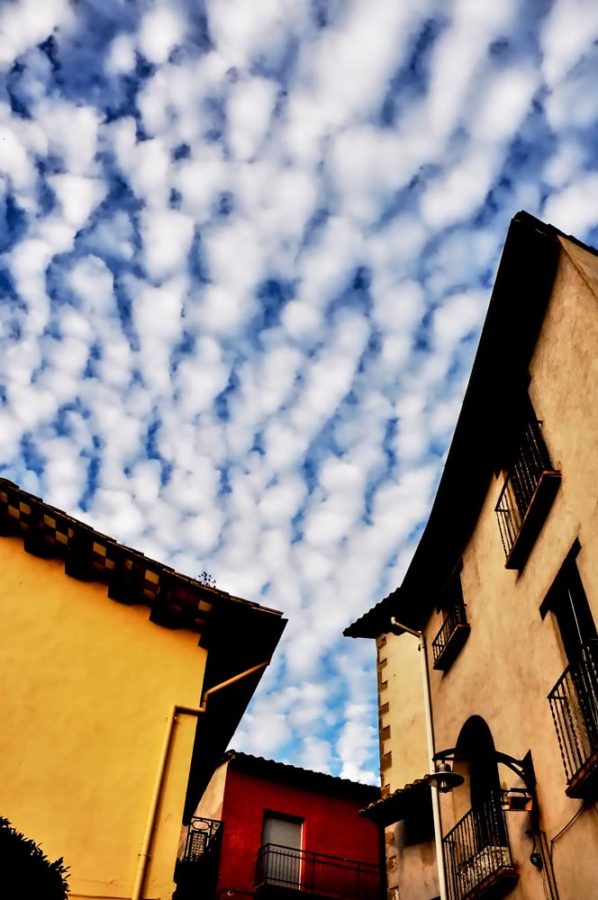
Santa Pau, Spain
First, we are drawn to it because of that repeated pattern. But this is one of the compositional tools where you break the pattern to bring about an intriguing image. The clock is the pattern but my wife (the subject and art director) was off-center which breaks the pattern.
Take Pictures You’ve Never Taken Before
That’s the point. I’m trying to give a broader vocabulary. I think unfortunately, many photographers walk around, take the same five images over and over again. I’m guilty of that. I’ve taken so many sunsets. I just won’t even do it anymore. But if you can broaden that vocabulary. If you have more tools or more recipes, you’re going to be better at your craft.
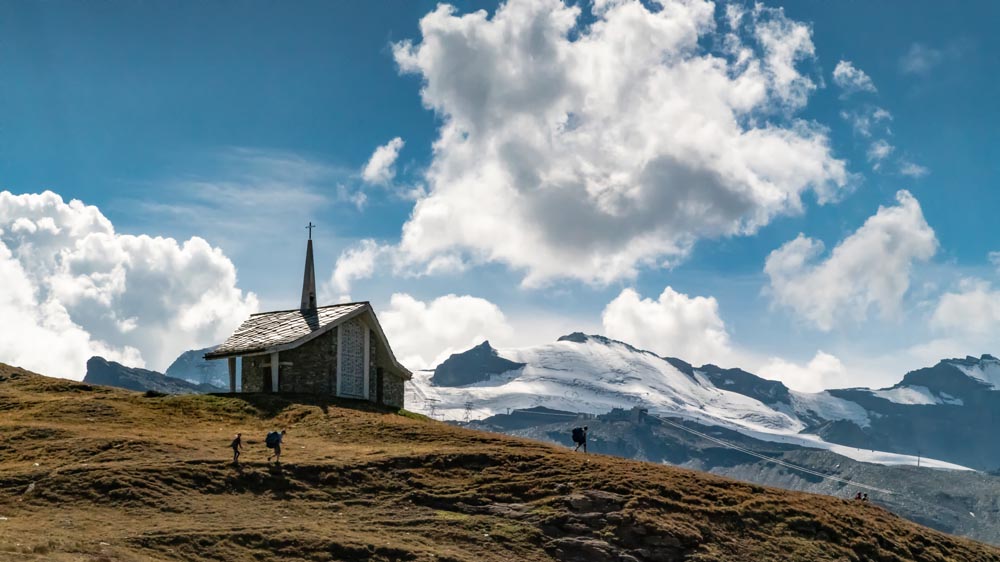
Chapel, Matterhorn, Zermatt, Switzerland
My course gives you examples of each of these tools that the masters of photography have known for decades. And going earlier, they have been known to master painters for centuries. This is another point that I found some photographers might have a disconnect of not realizing the guides that classical painters used were also known to early photographers. They are in fact the same tools used for a different visual medium, but form the same vocabulary.
If you share the same challenge of making the same images over and over, you will find it refreshing to take a step back and learn a new set of tools. After all, no matter how much we love steak and pasta, it’s nice to expand your menu with dozens of other dishes!
The course Secrets to Amazing Photo Composition From the Masters is available as part of a special bundle. Get this special offer when you get my book Advancing Your Photography for free, just pay shipping and handling. Find more tips for Composition on our podcast, this blog or our YouTube channel.

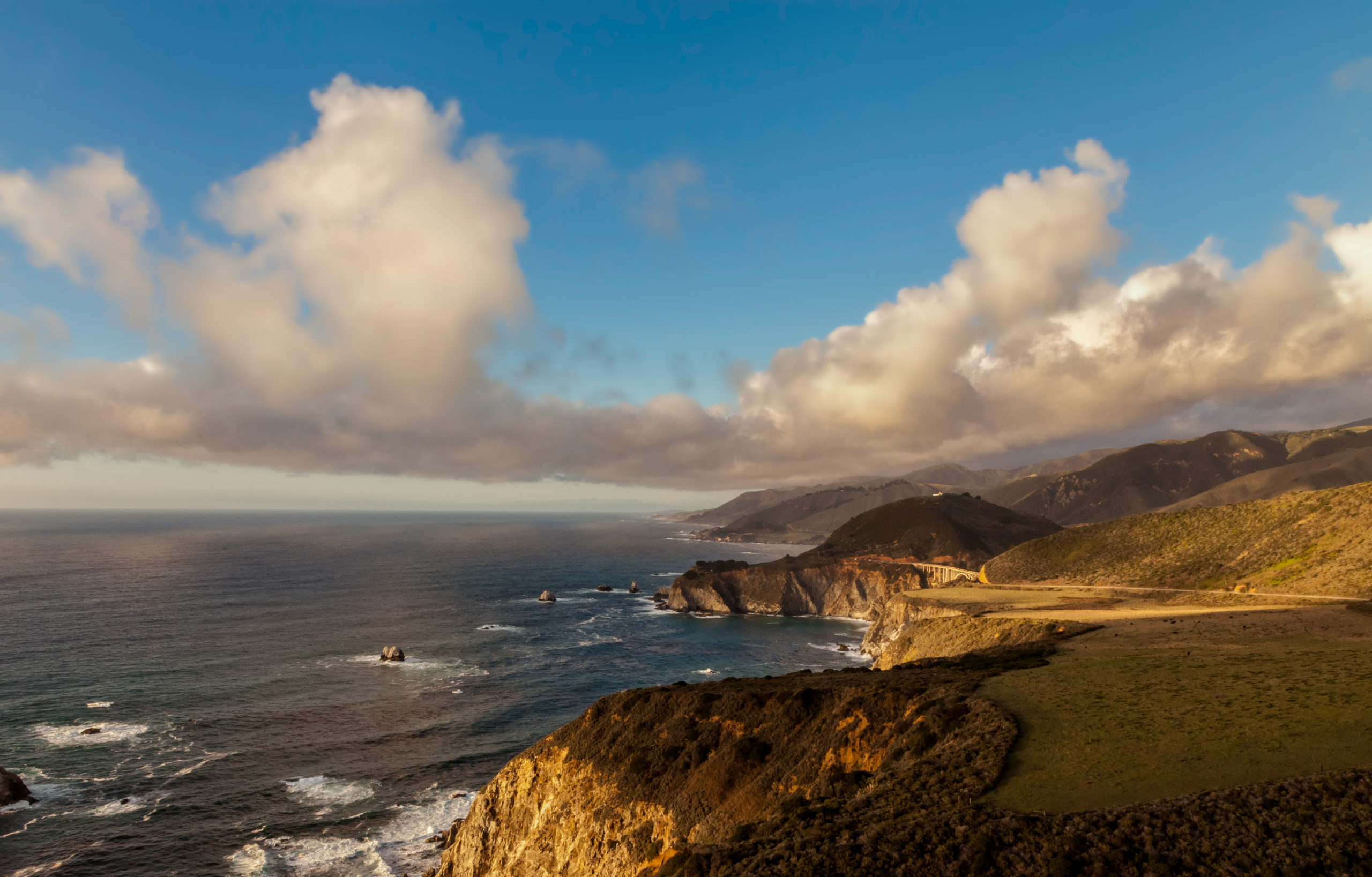
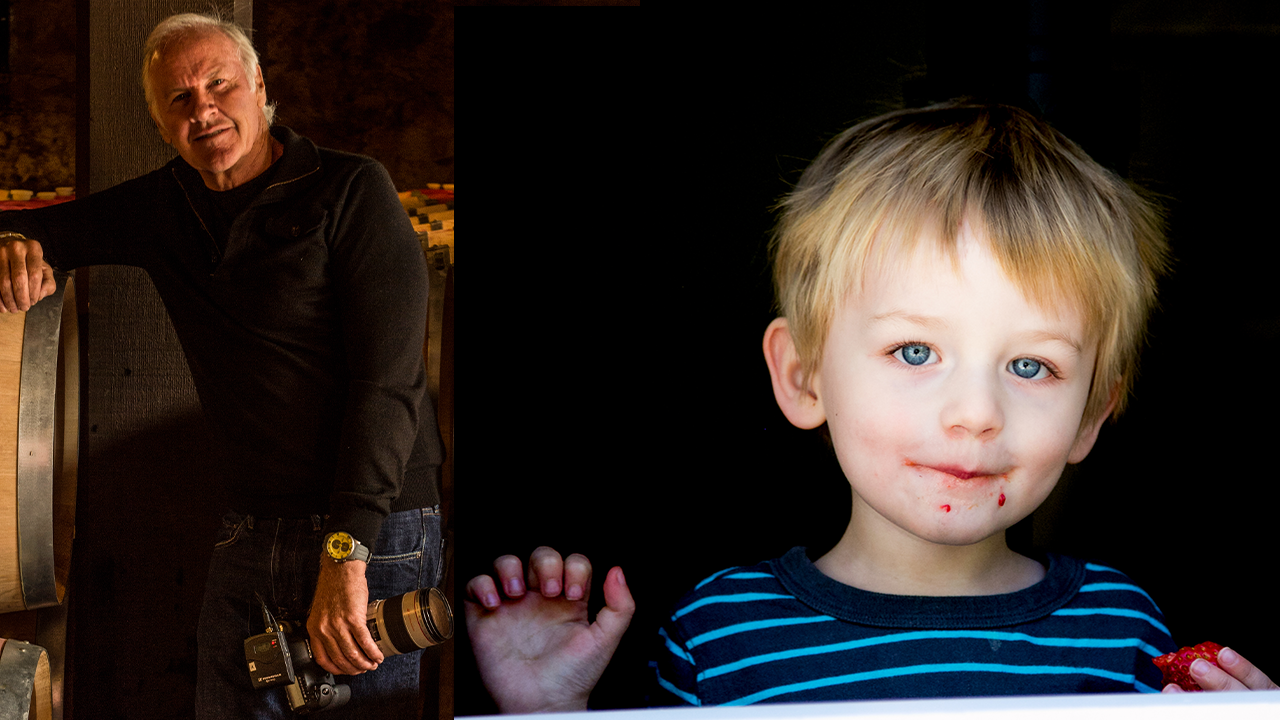
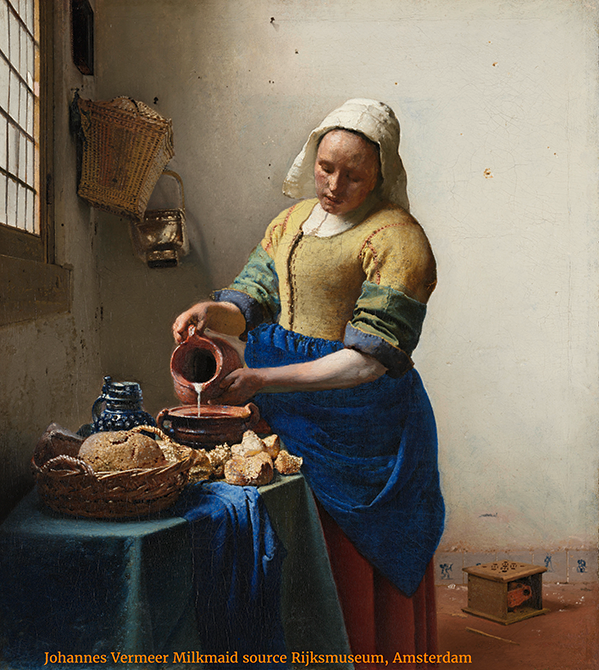
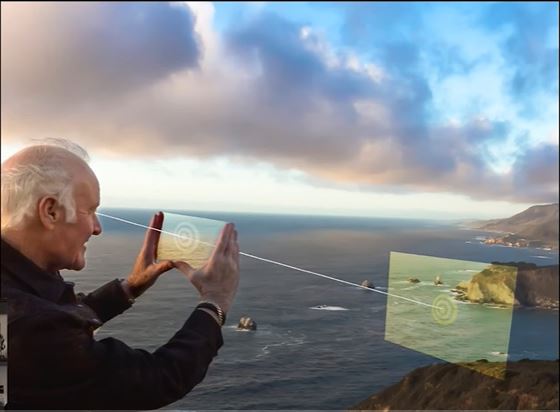

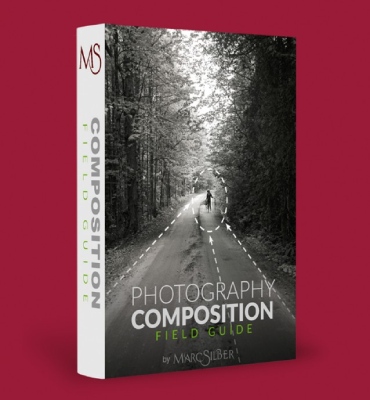
Leave A Comment
You must be logged in to post a comment.